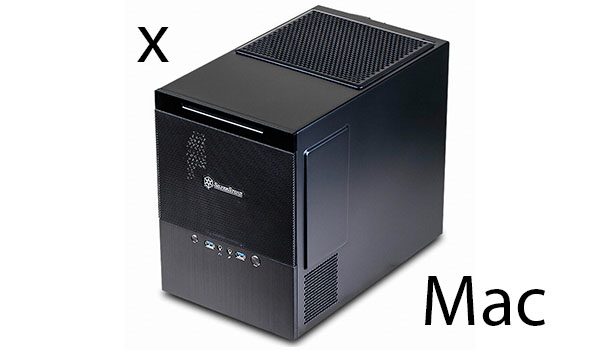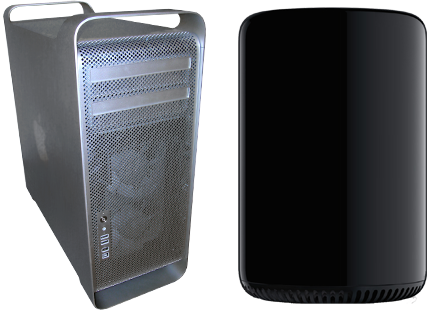
When it comes to running older software on current systems, Apple has a pretty poor track record. Last year’s macOS 10.15 Catalina release removed support for all 32-bit applications, including for example Lightroom 6 and Photoshop CS6. I am as result sticking with the prior release (macOS 10.14). Eventually I will probably have to upgrade and resort to running my old software in a virtual machine. As it happens, I did more or less the same dance nine years ago when Apple released MacOS X 10.7 Lion and remove the ability to run older PowerPC applications via Rosetta. Fortunately, at the time VMware’s Fusion product did allow running the prior 10.6 release, and I have relied on this more than a few times in the years since. I’m a big fan of Fusion as it allows one to test/experiment with all manned of different operating systems, without of course having to buy any hardware or risk breaking you main machine.


